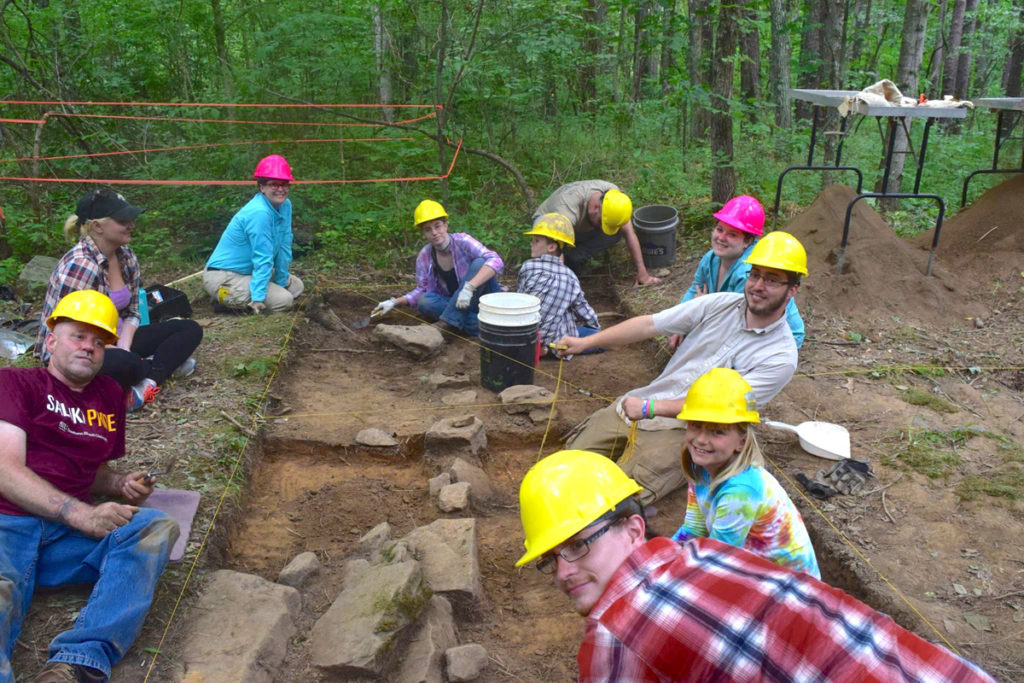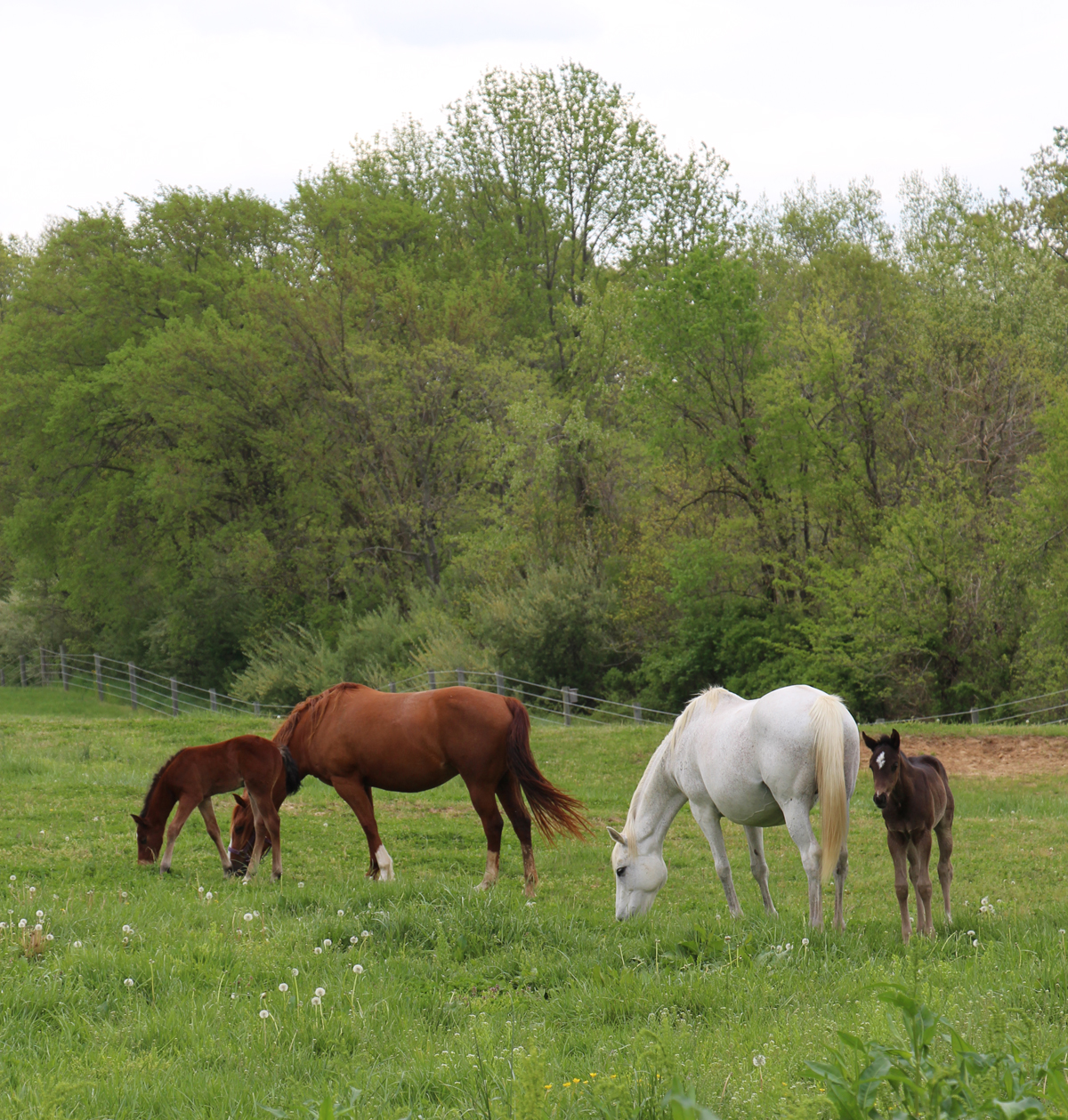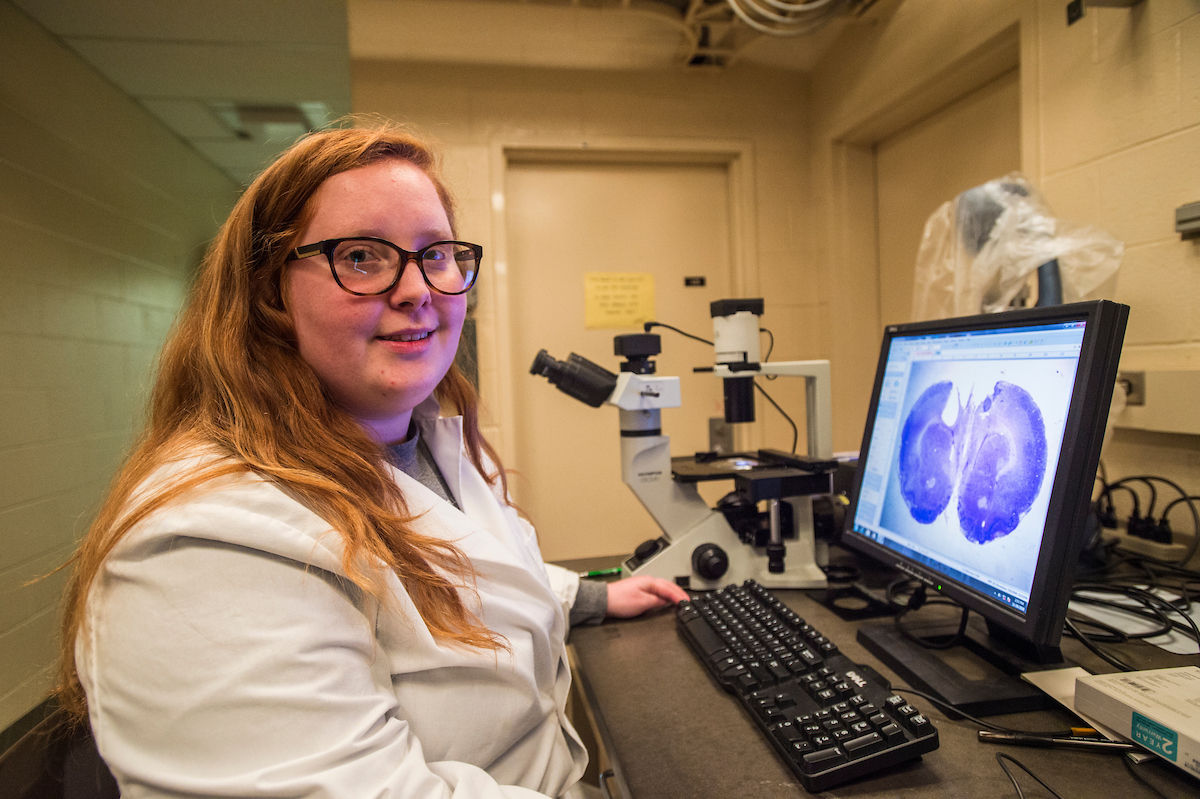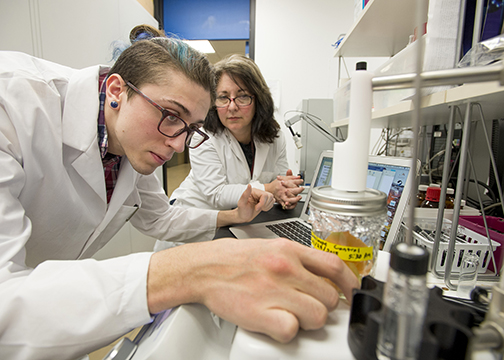
A historic freed community is gaining more attention as archaeologists and researchers from Southern Illinois University Carbondale prepare to unearth and share the stories of bravery from those working in the Underground Railroad.
Two anthropology juniors, Megan Carson of Percy, Illinois, and Michaela Hoots of Galatia, Illinois, are gearing up to uncover more of the hidden history of Miller Grove and will share their findings in a unique way.
Uncovering the secrets of a freed community
Established in 1844 by Bedford and Abby Miller, Miller Grove was a freed slave community in Pope County. Now located deep in the heart of Shawnee National Forest, archaeologists and students have spent several summers excavating the area and finding links to past abolitionist work.
“We believe Miller Grove is a historic Underground Railroad community that people just aren’t aware of yet,” Carson said. “There is a little bit of evidence so far to possibly prove it, but we need to find out more.”
The community was rare for many reasons. Not only was it a freed African-American society, but evidence suggests that three former white slave owners accompanied the freed slaves. Miller Grove was also the only African-American community at the time that had its own school.
Previous digs show evidence of a printing press, tools, food ways, personal belongings and other artifacts that point to an educated and advanced society, all consistent with the oral history from Miller Grove descendants.
The remains of the community include 22 archaeological sites and two landscape features, consisting of 19 rural home sites, two possible church/school sites and a cemetery.
Other links to the Underground Railroad include the presence of white abolitionist missionaries, an African Methodist Episcopalian Church, stories of possible runaways in the area and local advertisements about escaped slaves. Further research will work to verify the findings and build on them going forward.
Giving a voice to unspoken bravery
Both Carson and Hoots spent time interning at the Center for Archaeological Investigations, which gave them many opportunities to sort artifacts from Miller Grove and learn more about the people who once lived there. That background was the key motivation for their current study.
“We both feel that it is important to raise awareness of this free African-American community that was probably associated with the Underground Railroad,” Carson said.
Much of the history and stories come from word-of-mouth sources, which makes the research uniquely challenging. At the time, the community had to keep the school and other activities a secret, due to the fear of violent aggression. This caused the individuals to stray away from anything in writing.
“The fact that these people were silenced so many years ago is one thing we hope to fix,” Carson said. “We want to bring it all out in the open and teach others about the bravery of those in the community who did so much to help others.”
The history of Miller Grove goes beyond a simple story; it is relevant to the local community, Hoots explained. Understanding what happened there is vital for having the right perspective about the rest of the world.
Using augmented reality to share their findings
To back up their work, Carson and Hoots recently received a REACH Grant to help document the archaeological evidence from this community. The grant includes $1800 of funding, along with paid assistantships for the fall 2019 and spring 2020 semesters.
After attending the archaeology field school this summer under director Mark Wagner’s expert guidance, the two will use 3D imaging to create replicas of the artifacts found at the site. They will also use an augmented reality application to give viewers an inside glimpse into the historical elements, with videos of the excavations and interviews with archaeologists and historians regarding daily life at Miller Grove.
Titled “Silenced Lifeways: Using Augmented Reality (AR) Technology and 3D Imaging to Investigate the Archaeology of a Free African-American community in the Illinois Borderlands,” the exhibit will eventually be on display at the Center for Archaeological Investigations.







